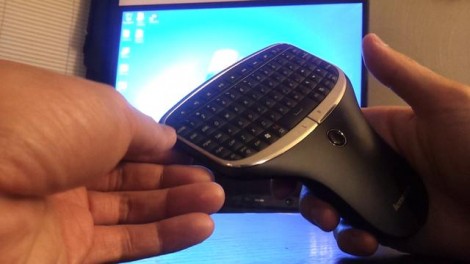I’ve had my hands on this Chromecast for almost a week now and I love it. Years ago I hacked my first Xbox after seeing [Kevin Rose] do it on The Screensavers (I did the hardware mod but that’s inconsequential). Why did I do this? So that I could run Xbox Media Center, the predecessor of XBMC. Since then I’ve dreamed of a device which can be hung on the back of the TV with Velcro and run XBMC. We basically got there with the Raspberry Pi, but the Chromecast is the form-factor that I had always envisioned. This lets me watch Netflix, while the RPi runs XBMC. The two are match made in heaven for under a hundred bucks.
That’s why I love the Chromecast device itself, but the bigger picture is that I love what it stands for. Keep reading to see what i mean.
Continue reading “Rant: Why I Love What The Chromecast Stands For”
















